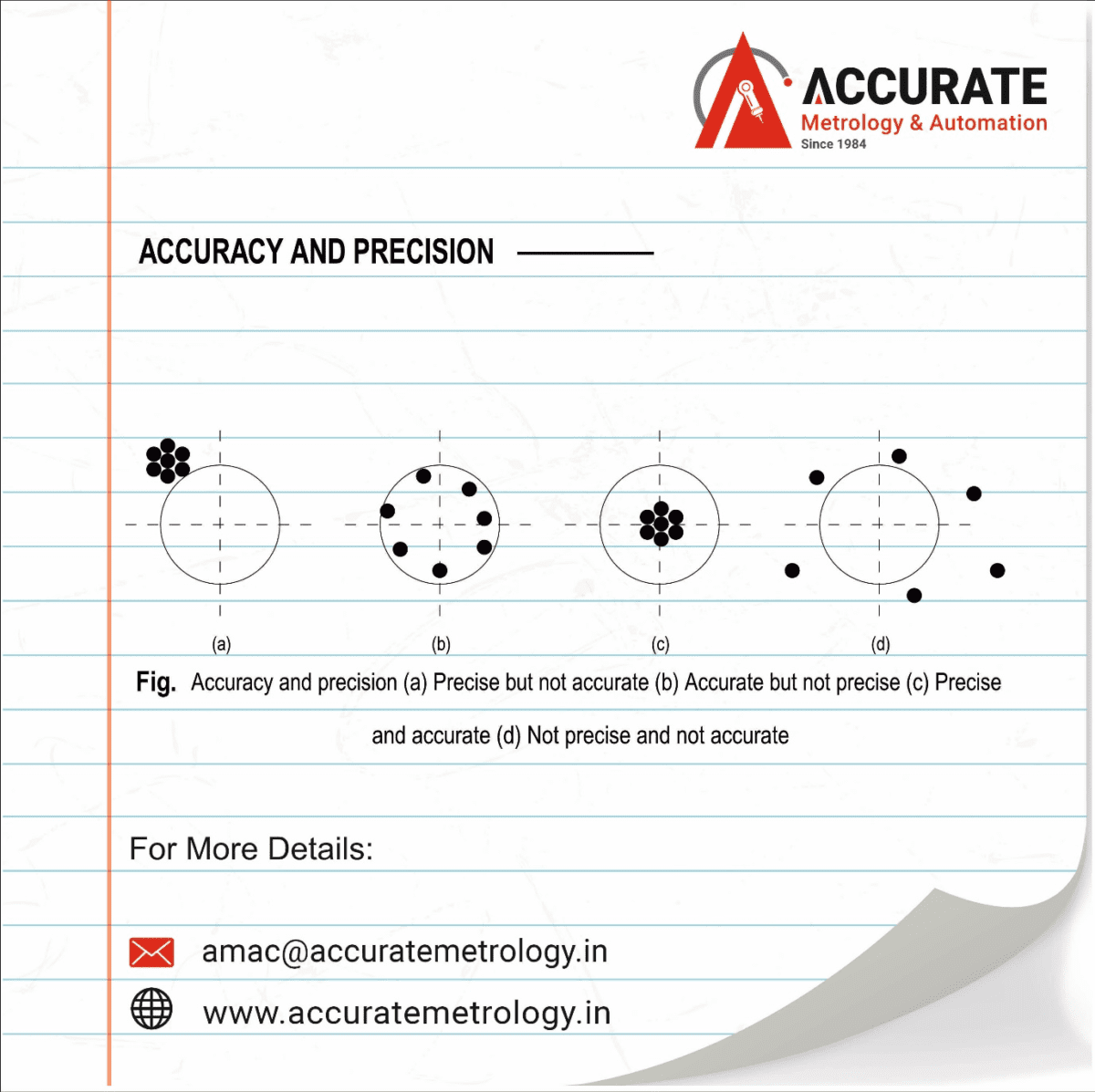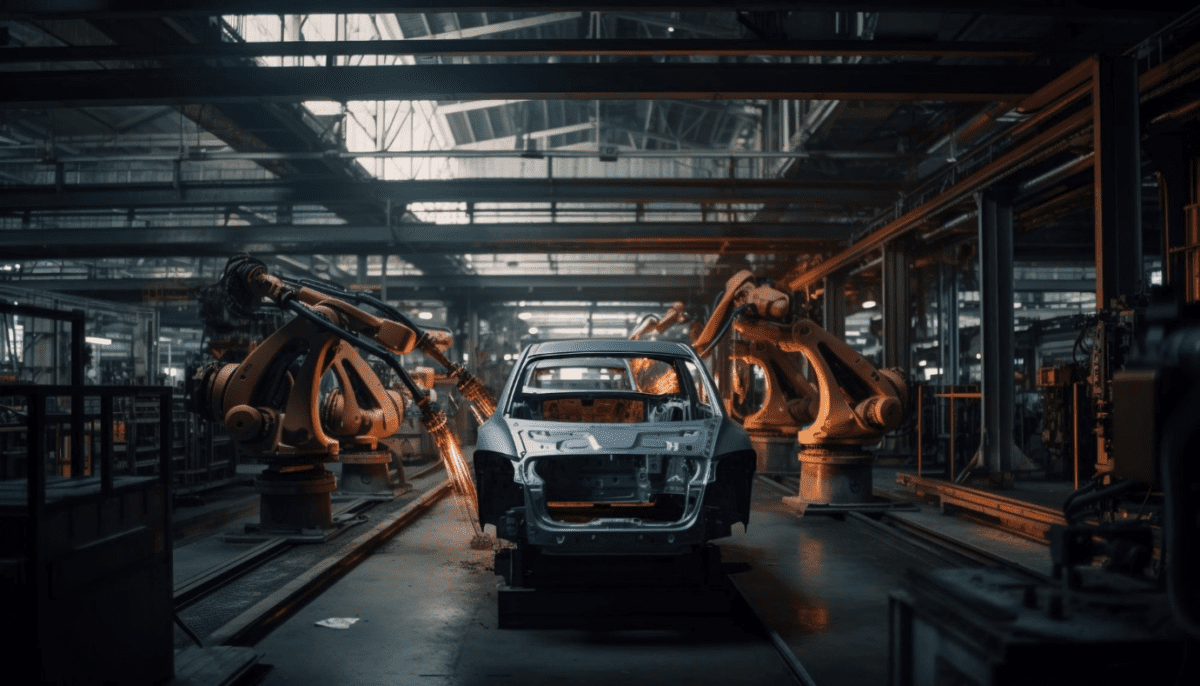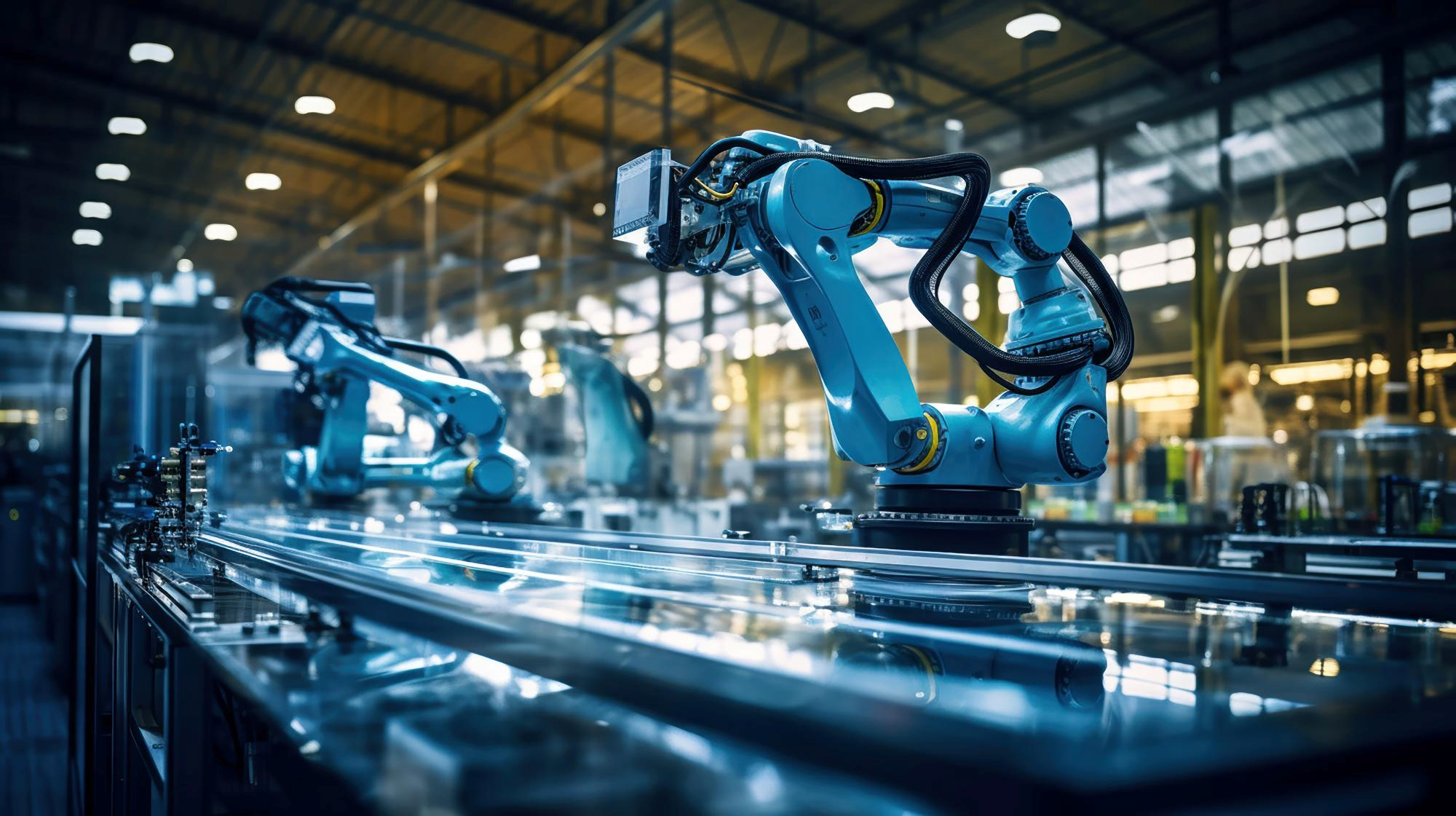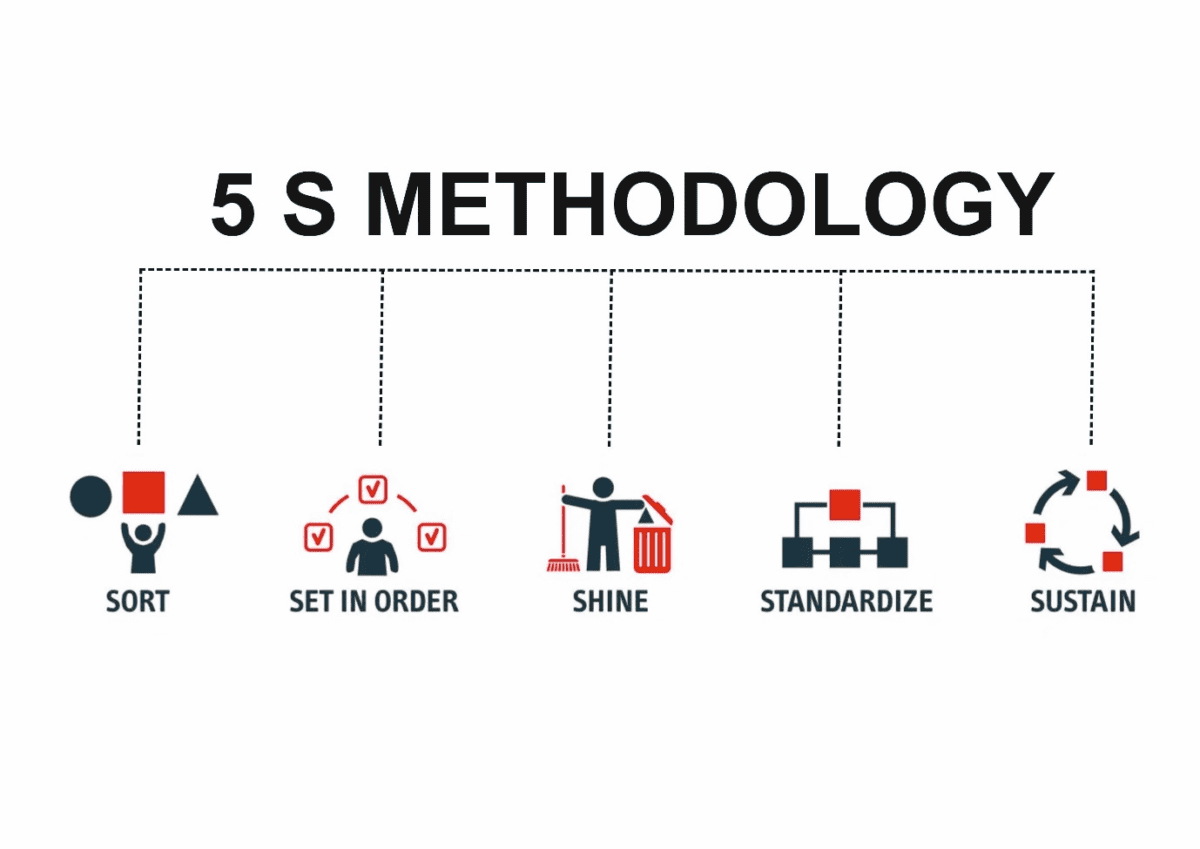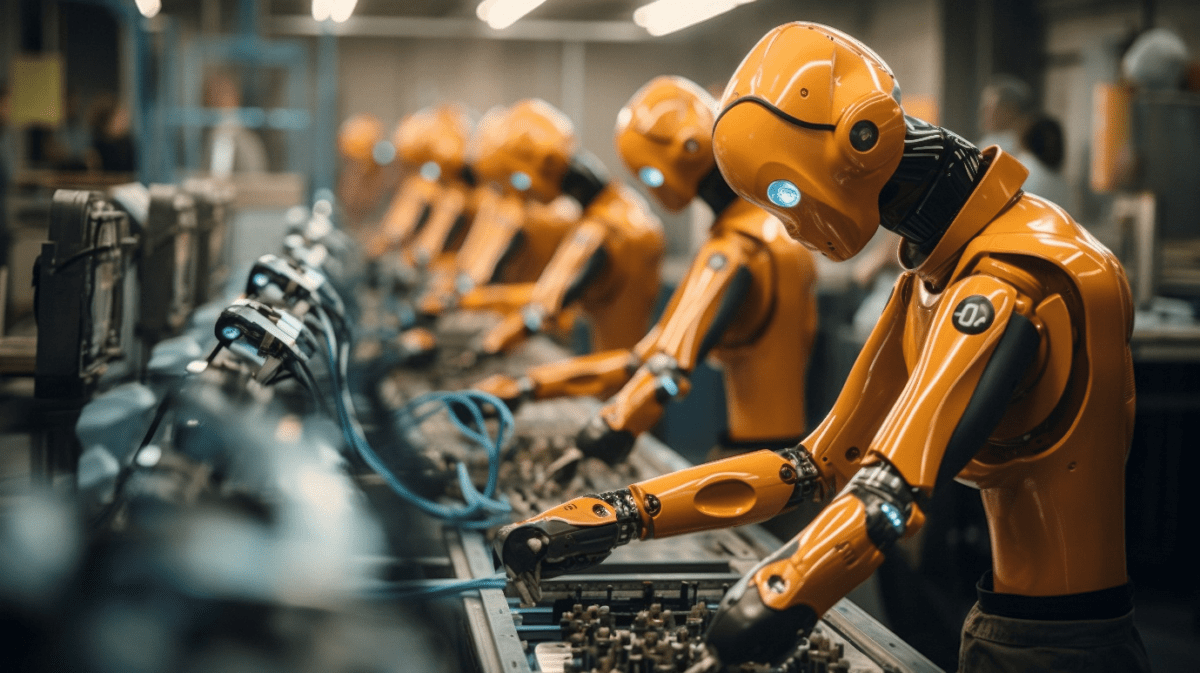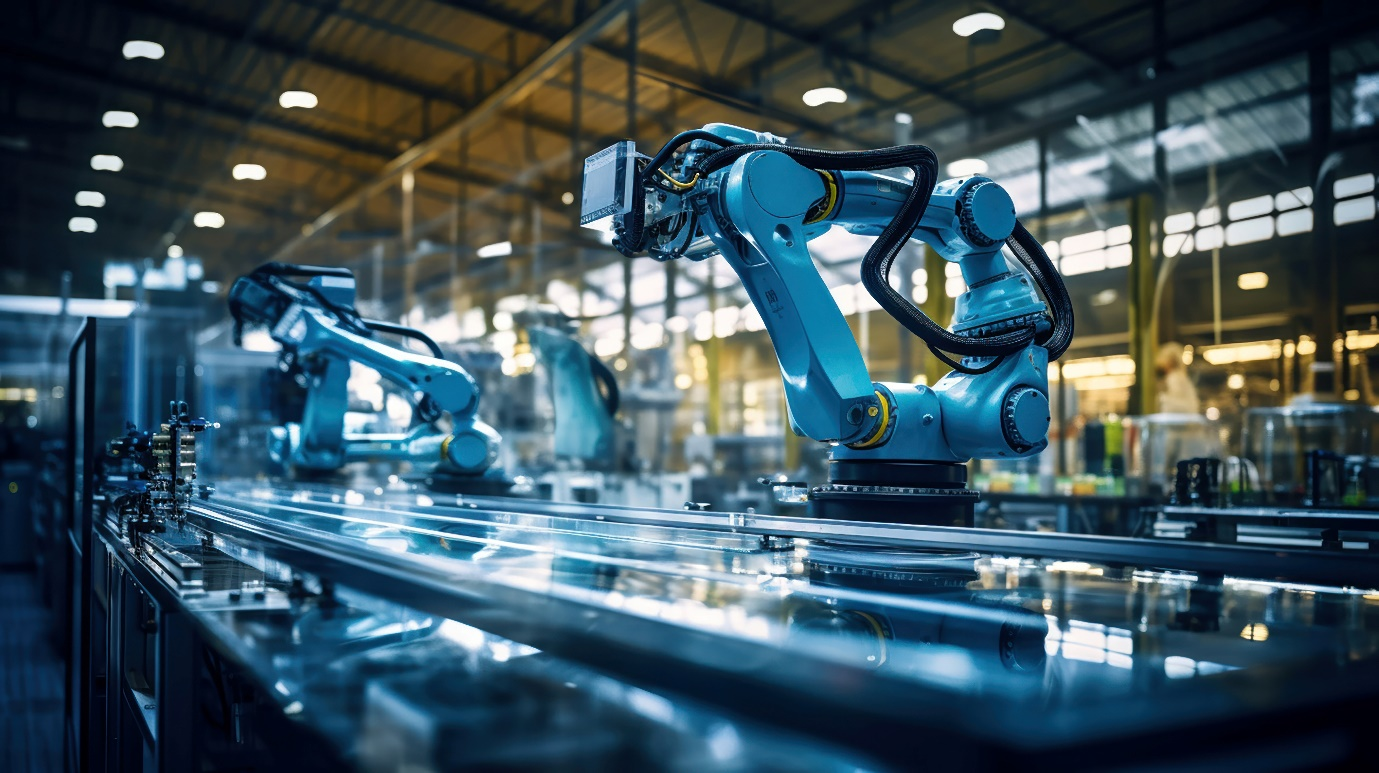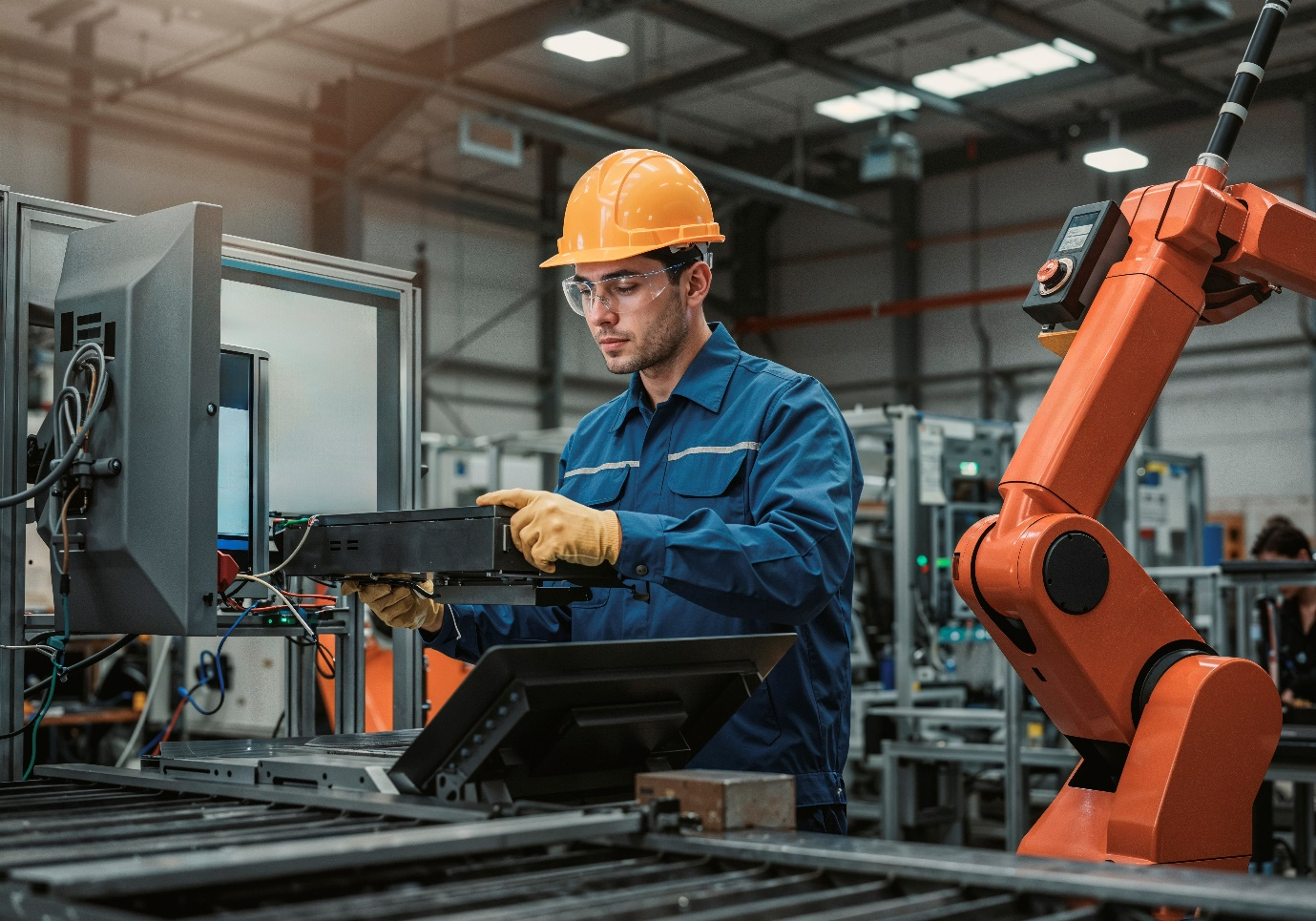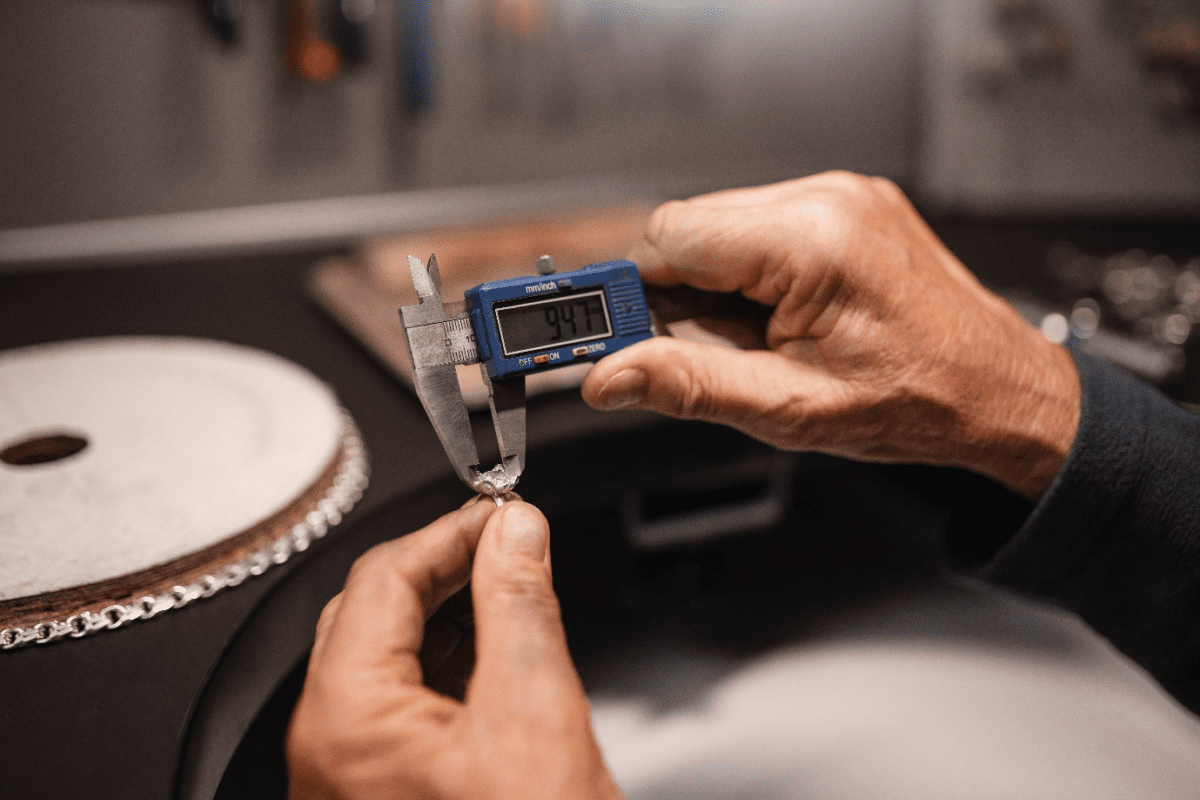kalk Solutions

Metrology, the science of precise measurement, plays a critical role in the aerospace industry. This field demands unparalleled accuracy and precision due to the high stakes of safety, performance, and reliability in aircraft and spacecraft operations. Below are key aspects of metrology’s role in aerospace:
Applications of Metrology in Aerospace
- Design and Simulation:
- Metrology tools like Coordinate Measuring Machines (CMMs), laser scanners, and photogrammetry systems are used to create accurate 3D models during the design phase. These models help simulate real-world conditions, optimizing aerodynamics, structural integrity, and material selection.
- Manufacturing and Assembly:
- Precision instruments such as micrometers, calipers, and optical comparators ensure components meet tight tolerances (often within micrometers). Advanced metrology systems like laser trackers verify alignment during assembly to guarantee parts fit perfectly.
- Quality Control and Inspection:
- Non-contact techniques like 3D X-ray tomography and ultrasonic testing detect internal defects without damaging components. These methods ensure compliance with stringent aerospace standards.
- Maintenance, Repair, and Overhaul (MRO):
- Metrology tools like portable CMMs and laser trackers are used to inspect and realign parts during repairs. Early detection of deviations prevents potential failures.
- Research and Development (R&D):
- Metrology supports innovation by providing accurate data for testing new materials, designs, and technologies, enabling advancements in aerospace engineering.
Benefits of Metrology in Aerospace
Safety: Ensures critical components like jet engines and landing gear meet exact specifications to prevent failures.
Performance: Enhances aerodynamic efficiency, fuel economy, and operational reliability through precise measurements.
Efficiency: Reduces errors and waste during manufacturing by ensuring accuracy from the outset.
Interchangeability: Facilitates standardized production of components that can be reliably replaced or interchanged.
Compliance: Assures adherence to regulatory standards for quality assurance.
Emerging Trends
- The use of composite materials in aerospace manufacturing has increased due to their lightweight properties and flexibility. Metrology ensures these materials meet complex design requirements while reducing weak points in assemblies.
- Advances in metrology software allow for more adaptive 3D modeling, improving flexibility in design iterations.
In summary, metrology underpins every stage of aerospace engineering—from design to maintenance—ensuring precision, safety, and innovation in a field where even minor inaccuracies can have catastrophic consequences.




